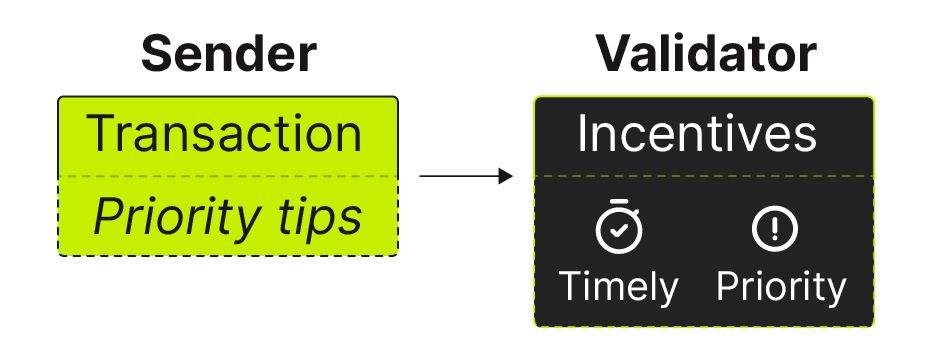Understanding Execution Layer Rewards
The execution layer is the layer on the Ethereum blockchain that provides the environment for applications and smart contracts to operate and process transactions within and between applications.
Execution layer rewards are rewards available to validators for “special treatments” of certain transactions. Execution layer rewards are paid directly to stakefish configured fee recipient addresses, the addresses that validator operators set up to receive the priority, and MEV tips.
As a validator operator, at present stakefish has chosen to share 75% of these rewards with our stakers.
This amount of execution layer rewards shared with stakers may increase, decrease, or not be available in the future.
In general, there are two types of execution layer rewards:
- Transaction priority tips
- MEV tips
Transaction priority tips
Transaction priority tips are associated with each transaction. The transaction’s sender includes them to incentivize validators to process the transaction faster.

MEV tips
MEV tips are associated with “MEV bundles”: transactions that exploit worthwhile opportunities, such as arbitraging across DEX pools.
In Ethereum, MEV searchers constantly look for promising, time-sensitive opportunities. MEV searchers tip validators for processing bundles of their transactions quickly. As a validator operator, stakefish, in its sole discretion, has decided to run specialized software to help MEV searchers clear their bundles of transactions.
An essential property of execution layer rewards is that, as opposed to consensus layer rewards, execution layer rewards do fluctuate based on network traffic volume. When the Ethereum network is busy, people include more priority tips, and more MEV opportunities appear.
Updated 7 months ago
